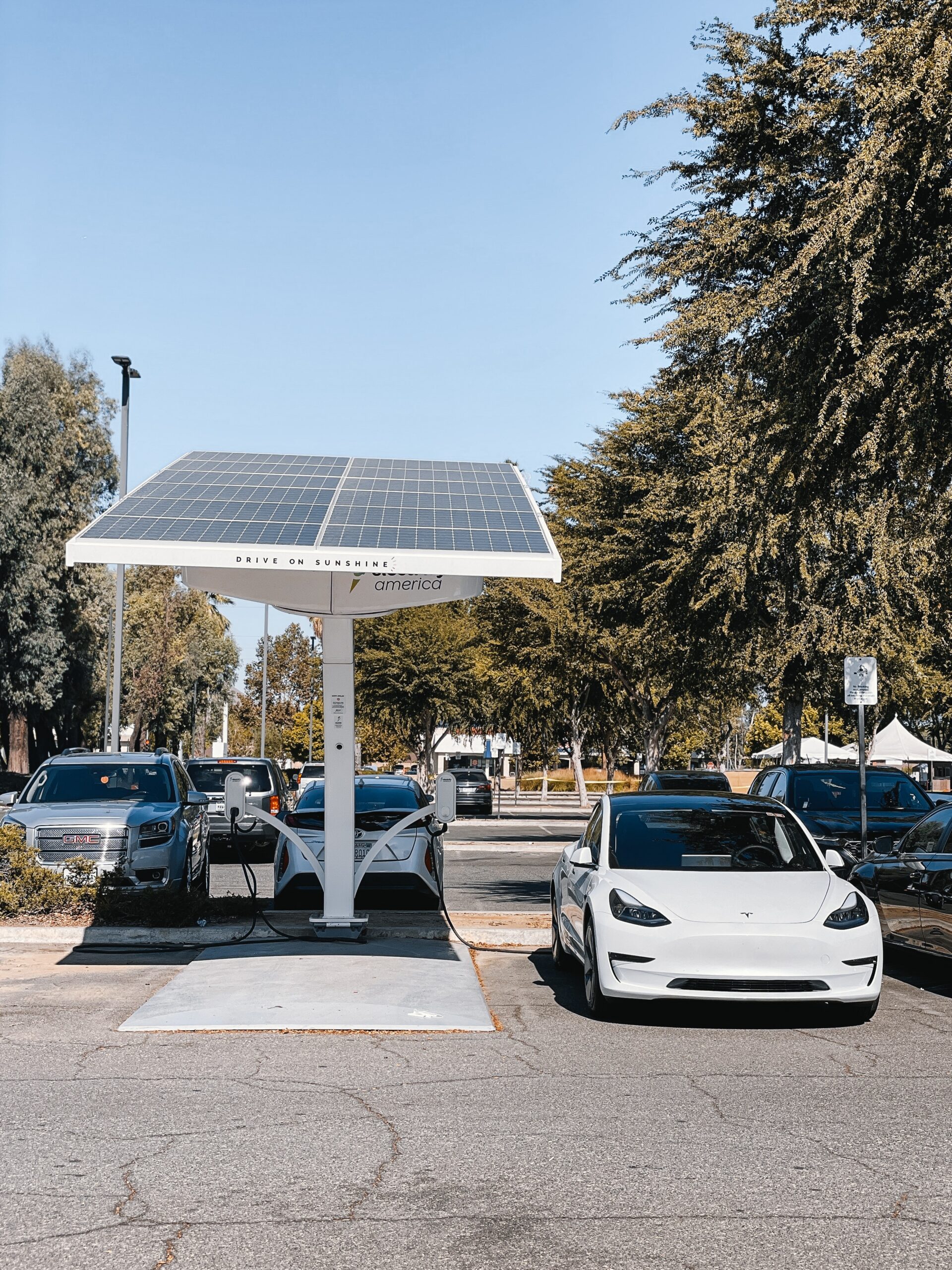The world is changing quickly, and one of the most exciting changes is the increased use of solar energy to power our lives. Solar energy has many benefits, but it’s important to understand its potential drawbacks too.
In this article, we’ll explore the dark side of solar energy and what you need to know about solar energy negative impacts on the environment and public health.
From land degradation to air pollution, we’ll cover all the bases so that you can make an informed decision about using solar technology in your own home or business. So if you’re interested in learning more about the dark side of solar energy, read on!
- 1. Introduction: Exploring the Dark Side of Solar Energy
- 2. The Impact of Solar Panels on Land Use and Degradation
- 3. How Solar Energy Farms Affect Wildlife Habitats and Migration Patterns
- 4. Air Pollution Associated with Manufacturing and Transporting Solar Panels
- 5. Potential Water Contamination from Lithium-Ion Battery Storage Systems in Solar Arrays
- 6. Health Risks Related to Exposure to Materials Used in Photovoltaic Cells
- 7. Conclusion: The Solar Energy Negatives Should be Considered
1. Introduction: Exploring the Dark Side of Solar Energy
Solar energy is a renewable source of power that has been gaining traction in recent years due to its clean and seemingly endless supply. However, there are some dark sides to solar energy production that need to be considered before using it as an alternative source of power.
Despite being a form of renewable energy, solar panels can actually harm the environment if not used responsibly. For instance, when solar farms are built in nature reserves or other areas with fragile ecosystems, they can disrupt wildlife and cause soil erosion through their construction process.
Similarly, improper disposal of old solar panel batteries can contaminate groundwater with hazardous chemicals like lead and mercury.
Solar energy is an incredibly promising resource for generating clean electricity but it needs to be produced sustainably in order to minimize negative impacts on the environment. That means taking extra care during both installation and disposal processes so that we don’t do more damage than good while trying to save our planet from climate change!
2. The Impact of Solar Panels on Land Use and Degradation
Solar panels have been around for decades and the technology continues to evolve. But what about their impact on land use and degradation?
Solar panels require space, so in order to install a large array, it requires taking up significant amounts of land. This can lead to disruption of ecosystems or habitats as well as soil erosion due to construction activities.
Solar panel installations also cause light pollution which can disrupt nocturnal animal cycles and increase noise pollution from generators used during installation. Taking these factors into consideration, solar energy is still one of the more environmentally friendly sources of energy available today!
3. How Solar Energy Farms Affect Wildlife Habitats and Migration Patterns
Solar energy farms are becoming an increasingly popular way to generate renewable energy, but this has posed a challenge for wildlife habitats and migration patterns. Solar panels take up land space that was previously used by animals, forcing them to migrate or seek alternative habitats.
This can disturb their natural rhythms and cause issues with food scarcity and competition between species. Furthermore, the bright lights from solar farms may also disrupt the sleep cycles of nearby animals as well as attract predators who use light as a hunting tool.
4. Air Pollution Associated with Manufacturing and Transporting Solar Panels
Solar energy is a great way to reduce our reliance on fossil fuels, but we need to be aware that manufacturing and transporting solar panels can contribute to air pollution. The production of photovoltaic cells releases toxic chemicals into the environment, while emissions from vehicles used for transportation are also having an impact on air quality.
Although these issues require more research and development in order to find solutions, it’s important that we consider the potential environmental effects when transitioning away from traditional sources of energy.
5. Potential Water Contamination from Lithium-Ion Battery Storage Systems in Solar Arrays
The potential for water contamination from lithium-ion battery storage systems in solar arrays is an increasing concern. Lithium batteries can be a source of hazardous material if not properly managed, leading to the release of toxic chemicals or metals into the environment.
To prevent this, it’s important to ensure that all safety protocols are followed when installing and maintaining these systems. Additionally, regular monitoring should take place to guarantee that any leaks or issues with the system are detected early on and addressed accordingly.
6. Health Risks Related to Exposure to Materials Used in Photovoltaic Cells
The materials used in photovoltaic cells can be hazardous, posing a range of health risks to those exposed. These include increased risk of skin and eye irritation, respiratory illnesses, and even cancer from exposure to lead-based components or other toxins found in the cell structure.
Protective wear is necessary when handling these materials, as well as proper ventilation and containment systems for any waste created during production.
7. Conclusion: The Solar Energy Negatives Should be Considered
When it comes to solar energy, the positives are often highlighted. However, we must also consider the potential negatives associated with this form of renewable energy.
Solar panels can be expensive to install and maintain, and their efficiency is dependent on location and weather conditions. They also take up a lot of space which may not be available in some areas; plus they pose safety risks as they generate direct current electricity.
While there are many advantages to using solar energy, these negatives should be carefully considered before making any decisions or investments.
If you found this article insightful, you should absolutely check out other articles on how you can use the solar energy effectively for various purposes (homes, vehicles, etc.).
